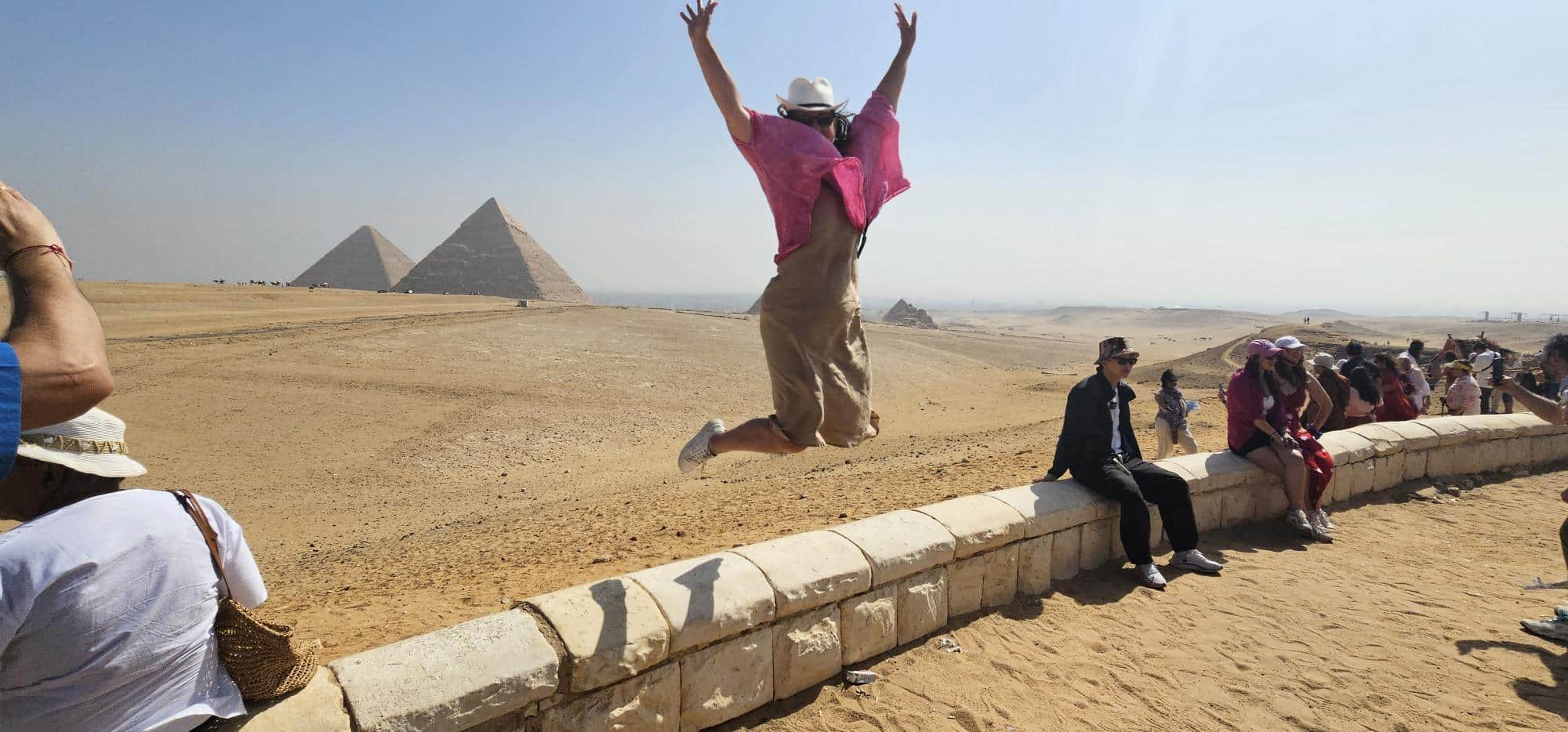Waterfalls in Africa
There is something magical about falling water, it calls you to visit, linger and learn of mother nature’s power and majesty. Africa is home to a number of magnificent waterfalls, from great thunderous torrents to elegant single drop chutes. Let us introduce you to some of our favourite waterfalls in Africa.
Victoria Falls
Victoria Falls in Zimbabwe was named by the British explorer David Livingstone in honour of Queen Victoria. The falls are also known as Mosi oa-Tunya, ‘the smoke that thunders’. It is one of the Seven Natural Wonders of the World and a UNESCO World Heritage Site.
The water is at its highest volume between March and May. Just keep in mind the spray from the Falls is so thick and dense it literally rains down! So take up the offer of a raincoat upon entry to protect you and your camera. We think this is also the best time to view the falls from a scenic helicopter ride.
Medium to high waters is January to February and June to August. It’s perhaps our favourite time because the spray falling down is much less, your camera is more likely to survive and you can view the falls in their enormity and peer down cliff faces into the gorge below without getting drenched.
The lowest water levels are October through to December. The main cataract always flows, but other sections can dry up. During the low water levels, you can swim in a naturally formed pool at the edge of the Falls called “Devil’s Swimming Pool.” From February through to August, the water levels rise and the current is strong so the island closes, but you can still visit another spot called “Angels Pool.”
Blue Nile Falls
This stunning waterfall can be found in northwest Ethiopia near the city of Bahir Dar. It’s known in Amharic (local language) as Tis Abay, meaning the Great Smoke and is certainly one of the country’s top natural attractions.
The falls once reached up to 400 metres in width, but due to hydroelectric projects further upstream, much of the natural energy has been curtailed and it’s now 42 metres in hieght with three prongs to it – still very impressive especially in the rainy season.
Shimmering rainbows and a mirage of floating spray add to its allure. There are two walking trails to reach the Blue Nile Falls and we recommend you travel with a guide.
It’s most impressive with full waters August and September and least impressive in the driest time of the year, late January to March.
To catch the rainbow created by the waterfall, visit around 10h00.
Cascades d’Ouzoud
The Cascades d’Ouzoud are the most spectacular in Morocco, their ampitheatre of waterfalls falling into pools in a lush valley that remains invisible till the last moment. The wide spread of cataracts at the top isn’t entirely natural – water from the river is funnelled through a variety of irrigation channels towards the rim of the falls – but the result is an image that is not too far removed from the Muslim idea of Paradise depicted on prints throughout the nation. Nor has the site been over-commercialised – despite the cascades appearing in every national tourism brochure, the atmosphere remains laidback and relaxing.
That there are pleasant walks in the locale is just another reason to stay overnight: to swim in pools below the cascades is something special, and in late afternoon, arching rainbows appear in the mist around the falls.
Murchison Falls
Murchison Falls is a fantastic place to witness the world’s longest river, the Nile, in its full and mighty glory. Here this, usually wide and sedate river, is pushed through a tiny cleft in the Rift Valley, creating a powerful surge of leaping water and one of Uganda’s most breathtaking attractions.
An area also known as Kabarega Falls, this national park covers 3,893 kilometres, making it Uganda’s largest overall protected area.
The safe-guarded savannah within the reserve constitutes some of Uganda’s oldest conservation zones and was described by Winston Churchill in 1907 as ‘Kew Gardens and the zoo combined on an unlimited scale’. Whilst the 40-metre falls remain the centre piece of the park, the rivers and forests of the surrounding area offer some wonderful wildlife experiences for the visitor and some of the country’s most unspoilt scenery.
Drakensberg
The entire Drakensberg is riddled with incredible waterfalls, rock pools and mountain streams that draw both visitors to South Africa and locals alike.
This area is regarded as the most important mountain catchment in South Africa because of the high yield and quality of water it produces.
The three largest rivers in KwaZulu-Natal, the Tugela, Mkhomazi and Mzimkulu, originate in the Drakensberg and support rural, agricultural, urban and industrial consumers in both KwaZulu-Natal and Gauteng.
Maletsunyane Falls
Maletsunyane Waterfall, one of the highest single dropping waterfalls in the Southern Hemisphere, plummets 192 metres into a spectacular gorge creating clouds of spray visible from afar. Located in landlocked country of Lesotho, also known as ‘the kingdom in the sky’, Maletsunyane Falls forms part of the Maletsunyane River. The Falls are located near the town of Semonkong, which means ‘the place of smoke’ and is named for the thick mist created by the falls.
Kalambo Falls
Welcome to Africa’s second highest free-leaping single drop waterfall, standing 221 metres tall. It’s a really remote location and steep hike to access it. But the hike pays off as you get close to the towering waterfall and spectacular views of Lake Tanganyika on the return leg of the journey. During the dry season, it’s sometimes possible to stand at the top of the waterfall with one foot in Zambia and one foot in Tanzania because it’s considered a ‘transnational’ waterfall.
